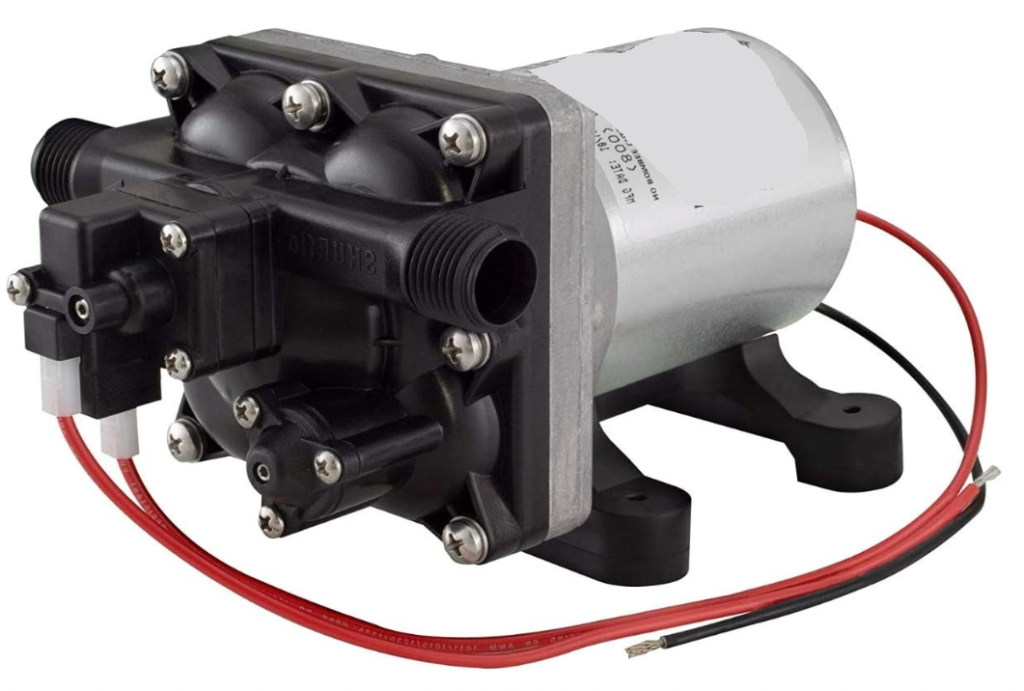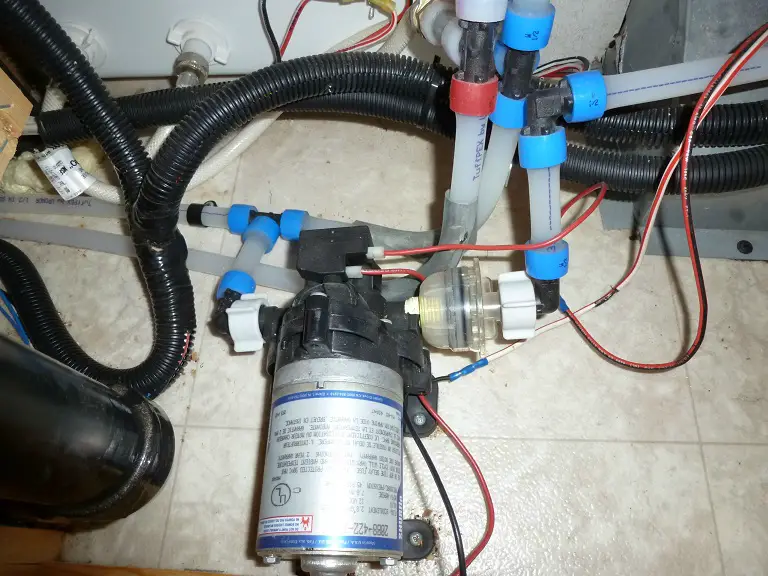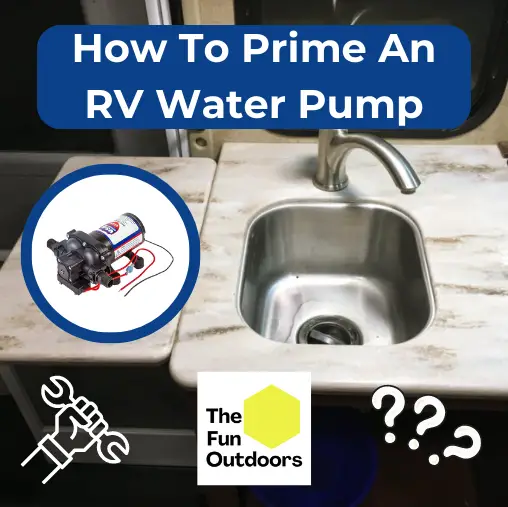When it comes to RV camping, having a reliable water supply is essential. Sometimes your RV water pump may lose its prime, causing the water to stop flowing. This is where knowing how to prime an RV water pump comes in.
By following our step-by-step guide, you can easily prime your RV water pump and ensure that your water supply is consistent and reliable. So, let’s dive into the details and learn how to prime your RV water pump in a few easy steps.
How To Prime RV Water Pump: Step-By-Step Guide

Before You Start: Do You Need To Prime Your RV Water Pump?
If you have not used your RV water pump for an extended period, or if you have recently installed a new pump, you may need to prime it before use. Refer to your owner’s manual or guide to determine if your RV water pump requires priming.
Prep Work: Gather The Tools and Materials You’ll Need
Before you begin, gather the following tools and materials:
- Water
- A bucket or container that can hold over 12 ounces of water
- Rubber hose
- Screwdriver
Extra Prep: Make Sure Your Valves Are Set Correctly
Before priming your RV water pump, ensure that all valves are set correctly. This will prevent water from flowing out of the wrong faucet or causing damage to your RV’s plumbing system.
Step 1: Locate Your RV’s Water Pump
The water pump is typically located near the freshwater tank. Refer to your owner’s manual or guide for the exact location of your RV’s water pump.
Step 2: Disconnect Your Water Pump From Any Water Sources
Before priming your RV water pump, disconnect it from any water sources to prevent water from flowing into the pump during the priming process.
Step 3: Remove The Hose Collar From The Water Outlet Line
Remove the hose collar from the water outlet line to allow water to flow into the pump during the priming process.
Step 4: Pour Water Into The Hose (Into The Pump)
Pour water into the rubber hose until it reaches the top of the hose. This will allow water to flow into the pump during the priming process.
Step 5: Turn On A Cold Water Faucet
Turn on a cold water faucet to allow air to escape from the water lines. This will also allow water to flow through the pump and out of the faucet.
Step 6: Let The Pump Run
Let the pump run until water flows out of the faucet. This indicates that the pump is primed and ready for use.
Step 7: Repeat The Process With All Other Taps
Repeat the priming process with all other taps in your RV to ensure that the pump is primed and ready for use throughout your RV.
Step 8: Reconnect Your Water Pump To The Water Supply
Once you have primed your RV water pump, reconnect it to the water supply. This will allow water to flow through the pump and into your RV’s plumbing system.
By following this step-by-step guide, you can manually prime your RV water pump and ensure that it is ready for use whenever you need it.
When to Prime Your RV Water Pump

Priming your RV water pump is an essential step to ensure that it is working correctly. Knowing when to prime your RV water pump is crucial to avoid damage and low water pressure.
RV owners should prime their water pumps before using it for the first time, after winter storage, and whenever they drain the freshwater tank. Priming is necessary to flush water back into the pump and force it through the machine, producing adequate pressure for smooth operation.
Failure to prime the water pump can result in damage to the pump’s impeller, which can cause low water pressure and affect the pump’s performance. If you notice that it’s taking longer than usual to fill up your sink, shower, or toilet, or if your RV water pump keeps pulsing, it might be a sign that there’s air trapped in the water pump. In such cases, priming the water pump can help to eliminate the trapped air and restore the water pressure.
During winter storage or RV winterization, RV owners should drain the freshwater tank and remove all the water from the system to prevent freezing and damage to the water pump. When it’s time to use the RV again, the water pump should be primed before turning it on.
Identifying and Troubleshooting Common Issues
When it comes to priming an RV water pump, there are a few common issues that can arise. Understanding these issues and how to troubleshoot them can save you time, money, and frustration.
Water Pump Running But No Water Flow
If you can hear the water pump running, but no water is coming out of the faucet, there are a few things you can check. First, make sure that the water tank has water in it. If the tank is empty, the pump will not be able to pull water through the system.
If the tank has water, check the water pressure. If the pressure is too low, the pump may not be able to push water through the system. You can use a pressure gauge to check the water pressure.
Another potential issue is air bubbles in the system. Air can get trapped in the lines, preventing water from flowing. To fix this, try running the faucets for a few minutes to see if the air works its way out of the system.
Water Pump Cycles On and Off When Faucets Aren’t Open
If you hear the water pump cycling on and off when no faucets are open, there may be a leak in the system. Check the rubber hose connections and valves for cracks or loose connections.
Another potential issue is a defective valve. If the valve is not working properly, it may allow water to flow back into the tank, causing the pump to cycle on and off.
See Related: What To Do When Your RV Water Pump Keeps Running
Water Pump Not Working After De-Winterizing RV
If you have recently de-winterized your RV and the water pump is not working, there may be a few things to check. First, make sure that the pump itself is working properly. Check the motor and voltage to ensure that everything is functioning as it should.
Another potential issue is a leak in the system. Check the rubber hose connections and valves for cracks or loose connections.
Overall, troubleshooting water pump issues can be a bit tricky, but with a little patience and knowledge, you can get your system up and running smoothly. Remember to always check the basics first, such as water pressure and tank levels, before moving on to more complicated issues.

